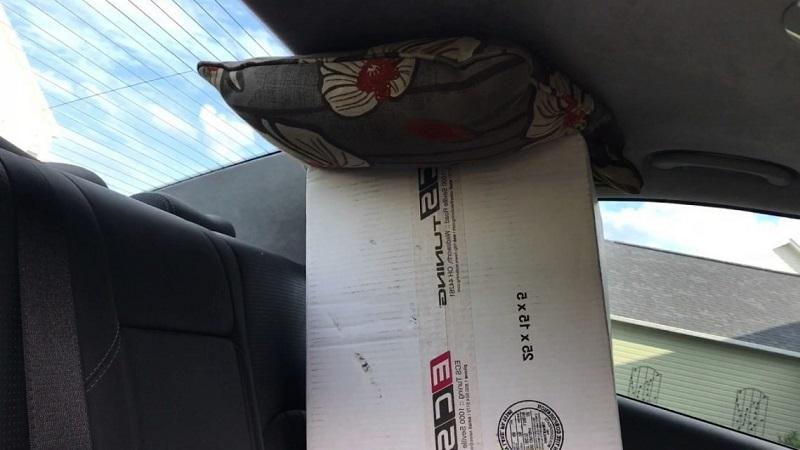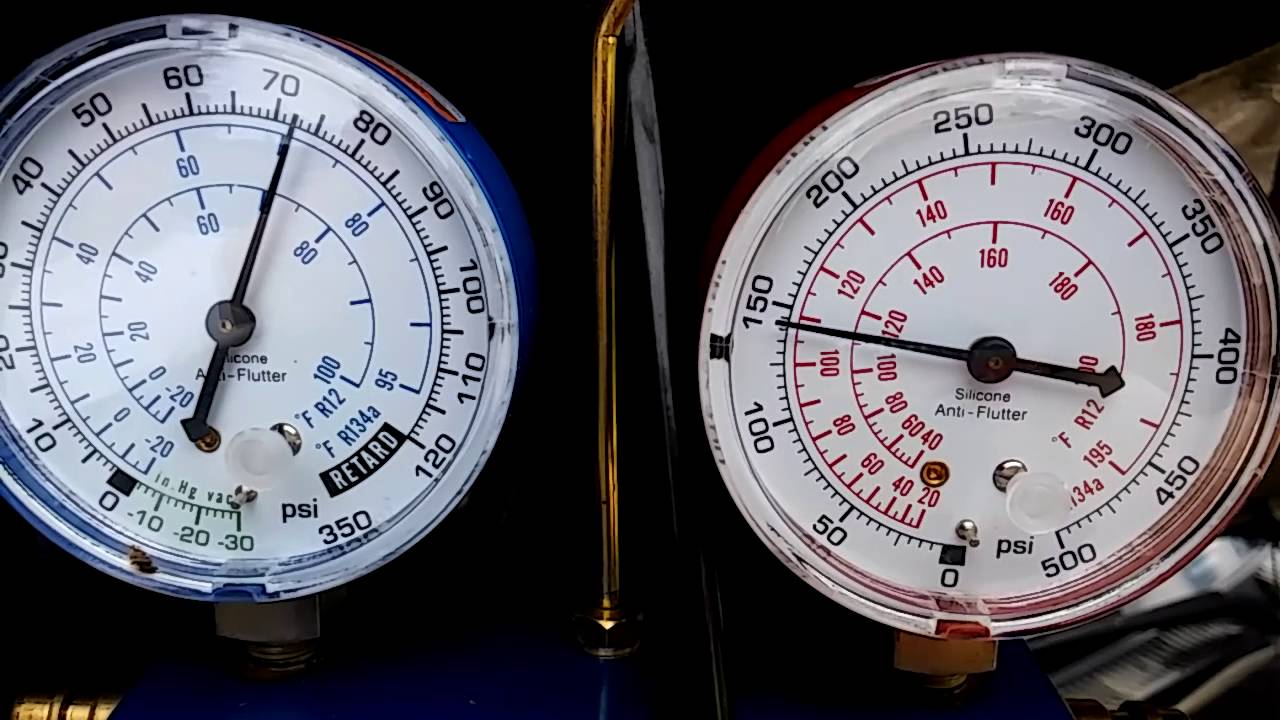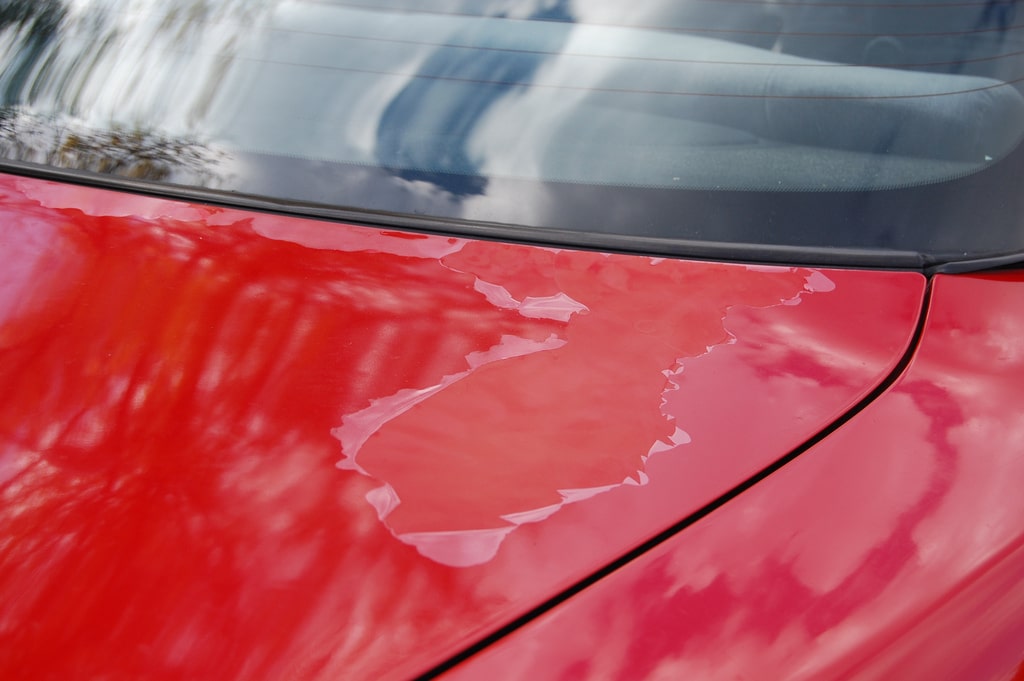Everything You Need to Know About Tie Rod Ends
Ever wondered how that steering wheel makes your vehicle turn in the direction you want in just a fraction of second? Well, a group of components in your automobile stay responsible for performing the function. The primary component, however, is the tie rod end that works with any vehicle’s steering system, allowing the car to do the maneuver with the directions. Even though it’s an important part of our car, many people do not know the symptoms of bad tie rods.
Here we present you the guide that covers the basics about the tie rod end as well as the symptoms of bad tie rods end.
What Is A Tie Rod End?
To know how to tell if tie rods are bad while driving, it is important to understand what a tie rod is and how it works. For the first part, let’s find out what the tie rod is!
In simple words, it is the tie rod end behind making a car take turns as you want. Regardless of the automobile, this component is a must part and hence whether it is an SUV, truck, or a car, the tie rod is there. Also, when it is about having a car straight while driving, the same components are responsible in which the tie rod works as a major element.
However, like all the parts of any machine, this tool is prone to wear and tear. Hence, in a few years, the tie rod gets weak in its functioning, causing a worn tie rod. You then can see the symptoms of bad tie rods. When it meets the situation that you should replace the tie rod end, it bestows you with some symptoms that you can notice and get ready for the replacement. The same signs of bad tie rod we provide you here that you can read and determine if you are experiencing the same issue.
SEE MORE:
- Read Out How Bad Tie Rod Affects the Driving Experience
- Know More about the Symptoms of a Poorly Performing Tie Rod
How Does It Work?
A tie rod end is one of the components that contribute to the performance of the steering. Any tie rod has two ends: inner and outer .They both permit the vehicle to steer. When rotating the steering wheel, the force applies to the steering center link that reaches to the steering knuckle. It makes the vehicle take the turn accordingly.
Additionally, the outer tie rod allows for the vehicle’s alignment angle as it includes an adjusting sleeve. The length gets adjusted, and so it sets the desired angle in which the driver wants to take the turn. The tie rod plays an important role in the entire scenario and keeps this process straightforward for the driver.
So you already have the basic information about the definition, working principle of tie rod. Now, let’s move on the symptoms of bad tie rods.
Different Types Of Tie Rod End
There are two types of tie rod end: inner and outer. Both types are essential in an automobile for the steering system to perform the basic functioning. So when something bad happens, there is the chance that your car has also bad inner tie rod symptoms and outer tie rod end symptoms. Let’s get to know a bit about these:
1. Inner Tie Rod
An inner tie rod can be found at the center line of the vehicle. It consists of the first turn point that makes the vehicle rotate in a particular direction. It is more like a ball socket that spins accordingly.
2. Outer Tie Rod
As the inner tie rod includes the initial pivot point, the outer tie rod adds up the final pivot point. Further from the center of the vehicle, it is located at a distance from the inner rod and hence named as an ‘outer tie rod.’ The rod makes the vehicle rotate once the inner rod performs its part using the first turn point that gets transferred to the final turn point.
Most of the cases, when your car faces symptoms of bad tie rods, it may be because of the inner tie rod, outer tie rod or both of them.
Signs Of Tie Rod Problems
The constant use of the steering wheel makes the tie rod wear off after a few years. During its lifecycle, an automobile faces different surfaces or roads such as the paved and the rough ones. The more drive hours a car goes through, the more it is likely to create fatigue to the tie rod. As a result, the rod does not work as expected. Here are the symptoms of a broken tie rod.
1. Steering Wheel Shakes or Loose
The tie rod is designed to make sure everything is solid in the suspension. So when it wears out, it tends to bounce or have some play in the tie rod end. The result is the vibration that you can notice in the steering wheel. Usually, the tie rod end will start to vibrate at speeds as low as 20 mph and gradually increase as the vehicle accelerates.
In some other cases, you will see the tire, wheel combination is out of balance or the suspension component that is broken. They are the symptoms of bad tie rods. The only solution in this situation is to identify the symptoms if a tie rod needs replacement and take it to the nearby auto shop.
2. Unfamiliar Noise
Tie rod end features a lubricated ball stud and bearing that’s sealed within a rubber boot. So when the boot is damaged or cracked, the lubricant which allows the bearing to move smoothly can leak and cause the bearing to grind. The sign is the unusual sound from the car, the squeaking noises especially when you turn the car on.
3. Front End Alignment Is Off
As we mentioned above, the function of the tie rod end is keeping things solid on the front end of your vehicle. The tie rod together with the wheels, tires, stabilizer bars, struts affect directly to the vehicle’s alignment. So when you have the bad tie rod, it will become loose and cause the front end of the vehicle to fall out of alignment. When you drive your car, you can easily feel it.
4. Uneven And Excessive Tire Wear
If you take your car to the mechanic usually, the tire wears evenly. So if you have trouble with the tire, it means that one in the set wears faster than the others. And the reason behind it could be the bad tie rod.
Actually, you can easily complete a visual inspection of your tires to determine if they are wearing unevenly or not. You just need to stand in front of your vehicle and look at the edges of the inside and outside of the tire. If they appear to be evenly worn, this is a good sign that your tie rod end is functioning correctly. But if the tire is worn excessively on the inner or outer portion of your tire, this is one of the symptoms of bad tie rods and it should be inspected.
What Causes Tie Rod Ends To Go Bad?
Most of the tie rods wear out over time. But there are also exceptions for the older cars and a few modern trucks have tie rod ends with grease fighting that need to be regularly maintained. Besides, if the boot is damaged or cracked, the grease can leak from there. As a result, the tie rod wears out.
Knowing what leads to the symptoms of bad tie rods is important, but it is more crucial to fix the worn out tie rod right after you find that signal. So whenever you notice your tie rods are causing your car to underperform, don’t hesitate and bring your car to an experienced mechanic. A damaged tie rod end can cause grave accidents, so have it replaced immediately.
Conclusion
The tie rods wear out after a fine amount of time due to usages. And there are some symptoms of bad tie rods that you can easily diagnose. However, adorning your vehicle with proper maintenance at regular intervals can enhance the life expectancy of any component. The same applies to the tie rod end; it is advised that you keep it clean and grease both ends. It will serve you for longer and keep you from visiting the repair center frequently.














